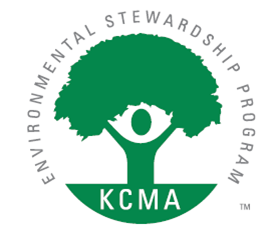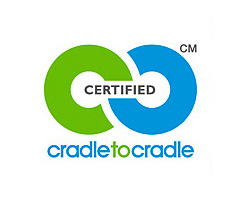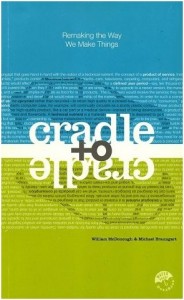I ask this question to people from time to time. I have pretty much always gotten the same answer, which is to say “Zero nights you moron, who sleeps in a bed with bedbugs?
I mean if you knew that the bed had an actual bedbug, let alone a freaking colony, once you get done screaming and running around stripping off your PJs, checking every inch of your body several times over, most sane people would bring out the flame thrower and torch their bed lest the nasty little creatures somehow escape and infest the entire room, apartment or house.
While pointing the nozzle of the flamethrower at said bedbug infested mattress may not technically be the greenest option out there, there are solutions that sometimes transcend the need to be ecologically sensitive. Anyways I am sure you can buy a carbon offset for the burning bed.
So when, for example, I hear from one of my building managers that during a routine, annual smoke alarm/CO monitor swap out the nice tenants down the hall mentioned that they have had bedbugs for a year, and that there solution has been to smash the bugs and wipe their remains on the walls and then go back to sleep, and that the bedbugs were in their old apartment but thought when they moved, bringing of course their old mattresses WITH THEM TO THE NEW (i.e. mine) APARTMENT who would have thoguth that the bedbugs would be there too.
What are the odds?
Its not like this is the only bunch of Einsteins I have had lengthy discourse with regarding this subject. I bought a building once, and the nice lady and her daughter who lived down a different hall showed me the water bottles that they sprayed on the bedbugs to “make them go away”. That the bedbugs had been in the apartment for some years might have been a clue that away was not nearly as far as they thought it was, but who am I to point out such fine points?
So while sustainable living is always the preferred option, there are times when you need to break out the no holds barred chemical warfare gear. Not mustard gas mind you, though it is appealing – your pest guy (if he does not totally suck) will be able to show you the right stuff and should have a cleaning protocol to follow. But seriously, if you had these things in your home, would you just roll over and go back to sleep?
{ 1 comment }



